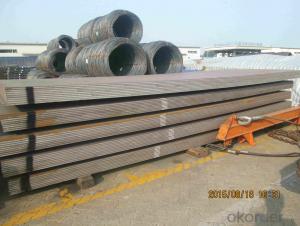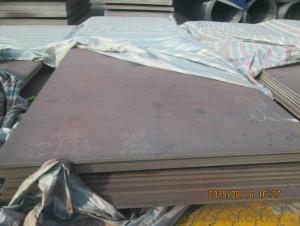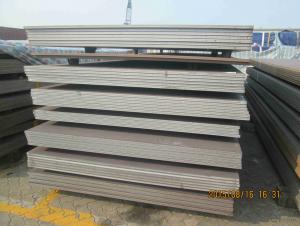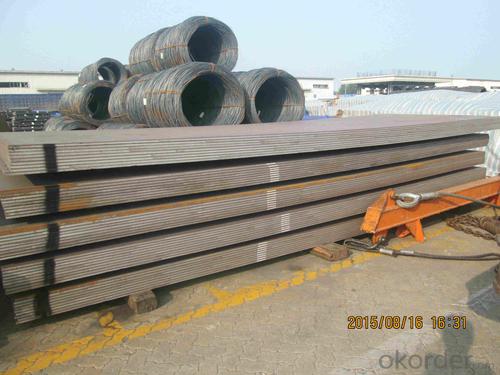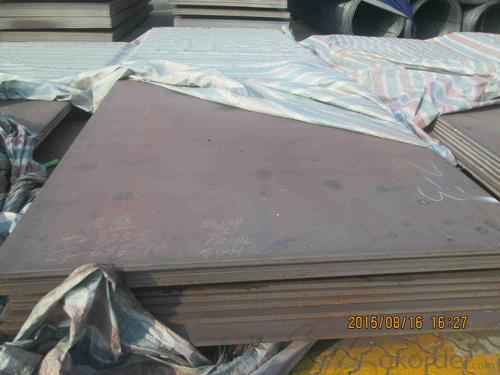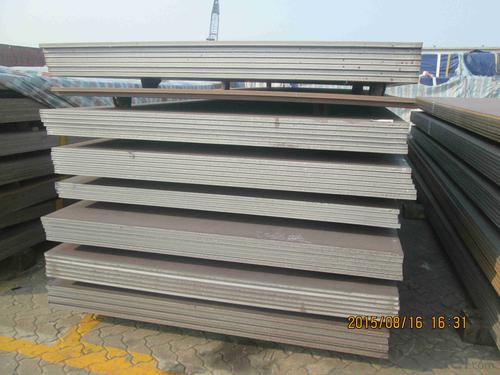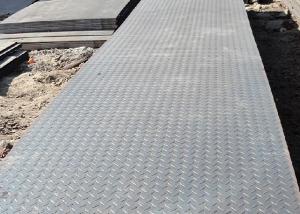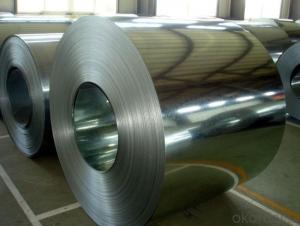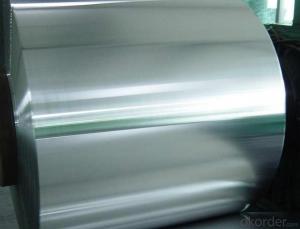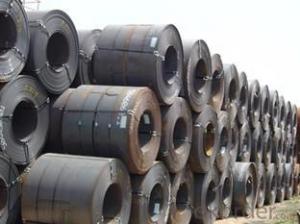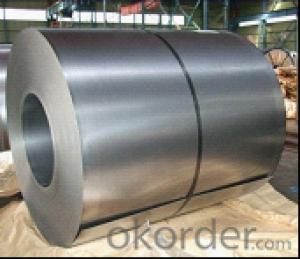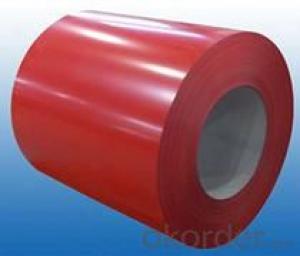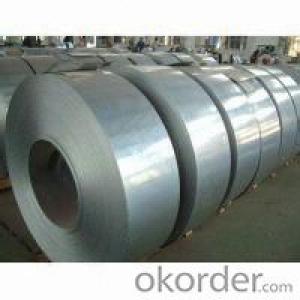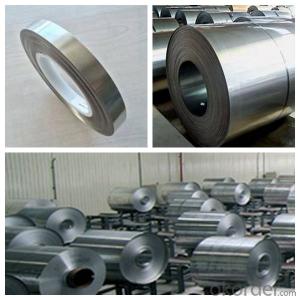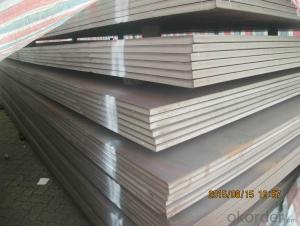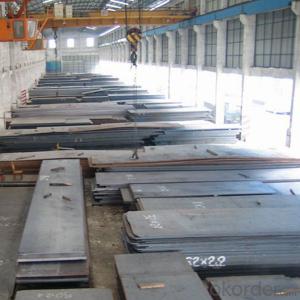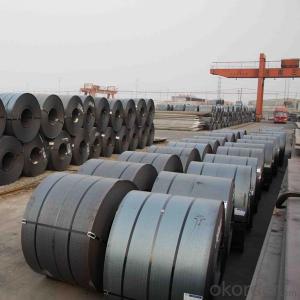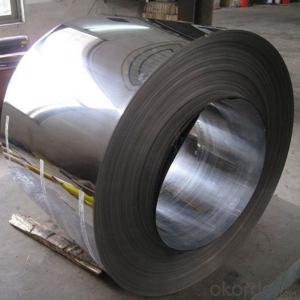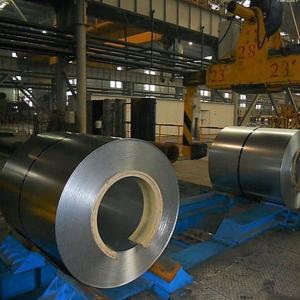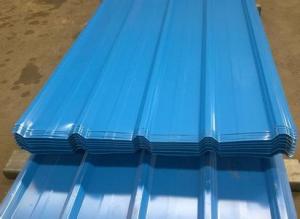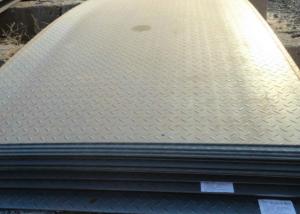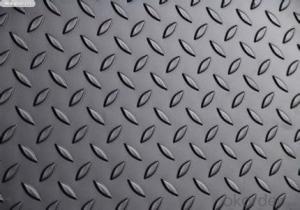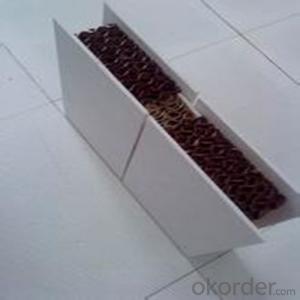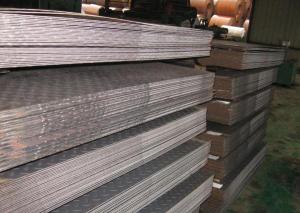Hot Rolled Carbon Steel Plates made in China
- Loading Port:
- China main port
- Payment Terms:
- TT OR LC
- Min Order Qty:
- 500 m.t.
- Supply Capability:
- 20000 m.t./month
OKorder Service Pledge
OKorder Financial Service
You Might Also Like
Product Description:
OKorder is offering Hot Rolled Steel Plates Steel Sheets made in China at great prices with worldwide shipping. Our supplier is a world-class manufacturer of steel, with our products utilized the world over. OKorder annually supplies products to African, South American and Asian markets. We provide quotations within 24 hours of receiving an inquiry and guarantee competitive prices.
Product Applications:
Hot Rolled Steel Plates Steel Sheets made in China are ideal for structural applications and are widely used in construction,machinery manufacturing, container manufacturing, shipbuilding, bridge construction. Can also be used to manufacture a variety of containers, the furnace shell, furnace plate, bridge and vehicle static steel plate, low alloy steel plate,shipbuilding plate, boiler plate, pressure vessel plate, pattern plate, tractor parts, automobile frame steel plate and welding components.
Product Advantages:
OKorder's Hot Rolled Steel Plates Steel Sheets made in China are durable, strong, and wide variety of sizes.
Main Product Features:
· Premium quality
· Prompt delivery & seaworthy packing (30 days after receiving deposit)
· Corrosion resistance
· Can be recycled and reused
· Mill test certification
· Professional Service
· Competitive pricing
Product Specifications:
Thickness | 2-100mm |
Width | 1250mm,1500mm,1800mm,2000mm.,2500mm or as required |
Length | 2000-12000mm |
Standard | AISI, ASTM, BS, DIN, GB, JIS |
Material | A36,SS400,SPCC,SPHC, Q195, Q 235,Q345 |
Tehnique | Hot rolled;cold rolled |
Payment | TT ,L/C |
Packing | Standard seaworthy packing or as required |
Market | Mild east, North/South America, Europe, Asia,Africa etc |
Certificate | BV,SGS,MTC |
Delivery time | Within 7-10 days |
FAQ:
Q1: Why buy Materials & Equipment from OKorder.com?
A1: All products offered byOKorder.com are carefully selected from China's most reliable manufacturing enterprises. Through its ISO certifications, OKorder.com adheres to the highest standards and a commitment to supply chain safety and customer satisfaction.
Q2: How do we guarantee the quality of our products?
A2: We have established an advanced quality management system which conducts strict quality tests at every step, from raw materials to the final product. At the same time, we provide extensive follow-up service assurances as required.
Q3: How soon can we receive the product after purchase?
A3: Within three days of placing an order, we will arrange production. The normal sizes with the normal grade can be produced within one month. The specific shipping date is dependent upon international and government factors, the delivery to international main port about 45-60days.
Images:
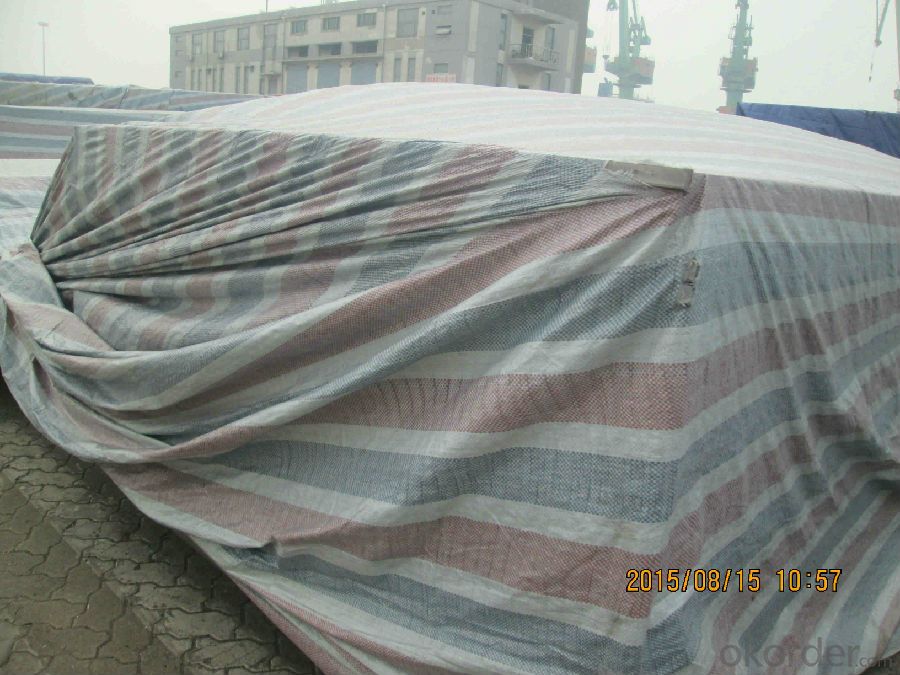
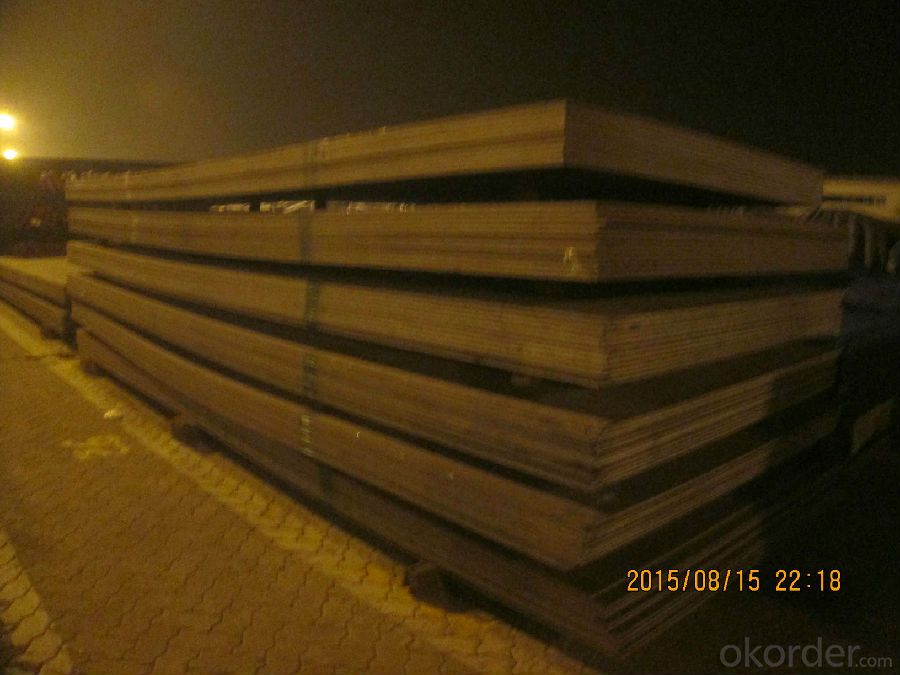
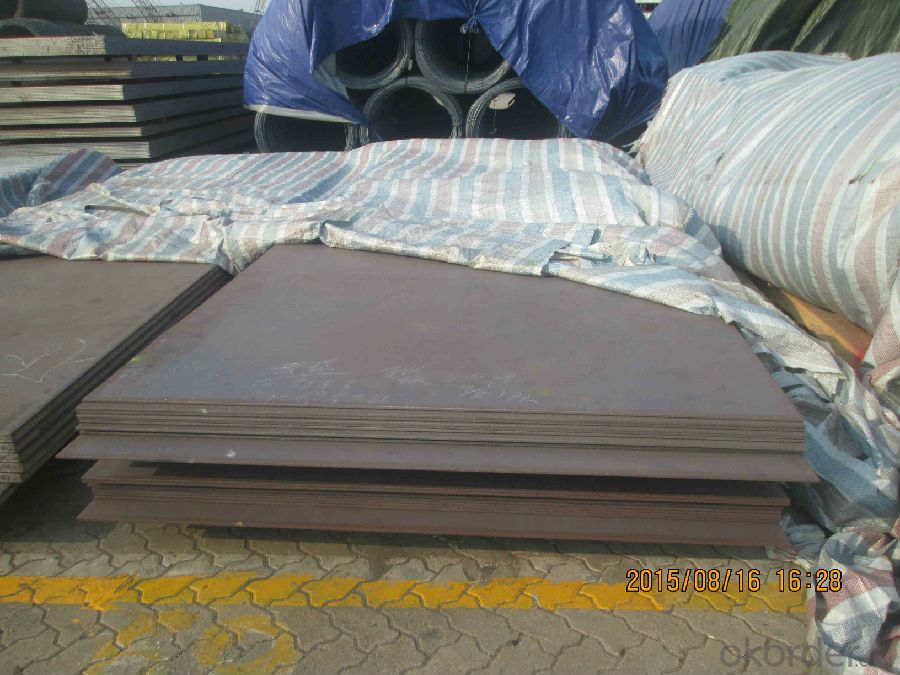
- Q: Q235 is hot rolled steel or cold rolled steel?
- Q235 hot rolling and cold rolling are available, depending on availabilityThe need for heating the material before hot rolling, rolling process or rolling, usually heated to above the recrystallization temperature, such as more than 1000 degrees; cold rolling is the process does not require heating of the material, or the material is heated to the temperature below the recrystallization.
- Q: Can steel sheets be used for signage purposes?
- Indeed, signage purposes can be served by steel sheets. Their durability allows them to withstand harsh weather conditions, rendering them appropriate for outdoor signage. Various sizes and designs can be achieved by cutting, shaping, and welding the steel sheets, offering versatility in crafting personalized signage. To enhance aesthetics and ensure long-lasting quality, the steel sheets can be painted or coated with different finishes. Moreover, their sturdiness enables secure mounting, making them an excellent choice for large and heavy signage installations.
- Q: What is the average weight of a steel sheet per square foot?
- The average weight of a steel sheet per square foot can vary depending on the thickness and type of steel being used. However, a common range for the weight of a steel sheet per square foot is between 40 to 70 pounds. It is important to note that this is a general estimate and the actual weight may differ based on specific factors such as the alloy composition and manufacturing process.
- Q: Can steel sheets be used for mezzanine flooring?
- Yes, steel sheets can be used for mezzanine flooring. Steel sheets are commonly used for mezzanine flooring due to their durability, strength, and ability to support heavy loads. They provide a stable and safe platform for various applications in industrial and commercial settings.
- Q: Are the steel sheets suitable for structural applications?
- Steel sheets are an excellent choice for structural applications, given their outstanding strength and durability. They are highly suitable for constructing buildings, bridges, and other structures that necessitate stability and support. With their remarkable tensile strength and capacity to bear heavy loads, steel sheets offer structural integrity and can endure diverse environmental conditions, such as earthquakes, hurricanes, and extreme temperatures. Moreover, steel sheets are easily fabricated and molded to meet precise design specifications, providing flexibility and versatility in structural applications.
- Q: What are the cost considerations for steel sheets?
- The cost considerations for steel sheets typically depend on factors such as the grade of steel, size and thickness of the sheets, quantity required, and market conditions. Additionally, transportation and handling costs, as well as any additional processing or finishing requirements, can also impact the overall cost of steel sheets.
- Q: Are steel sheets suitable for agricultural machinery?
- Yes, steel sheets are suitable for agricultural machinery due to their durability, strength, and ability to withstand harsh conditions commonly encountered in farming operations.
- Q: Can steel sheets be used for manufacturing furniture?
- Yes, steel sheets can be used for manufacturing furniture. Steel is a durable and versatile material that can be easily shaped and welded into various furniture designs. It is commonly used in the manufacturing of tables, chairs, and storage units due to its strength and ability to withstand heavy use.
- Q: What is the difference between galvanized and non-galvanized steel sheets?
- The main difference between galvanized and non-galvanized steel sheets is the presence of a protective zinc coating on the galvanized sheets. This coating helps to prevent corrosion and rusting, making galvanized steel sheets more durable and long-lasting compared to non-galvanized ones.
- Q: Can steel sheets be used for manufacturing storage tanks?
- Yes, steel sheets can be used for manufacturing storage tanks. Steel is a durable and strong material that can withstand high pressures and is resistant to corrosion, making it suitable for storing various substances.
Send your message to us
Hot Rolled Carbon Steel Plates made in China
- Loading Port:
- China main port
- Payment Terms:
- TT OR LC
- Min Order Qty:
- 500 m.t.
- Supply Capability:
- 20000 m.t./month
OKorder Service Pledge
OKorder Financial Service
Similar products
Hot products
Hot Searches
Related keywords
